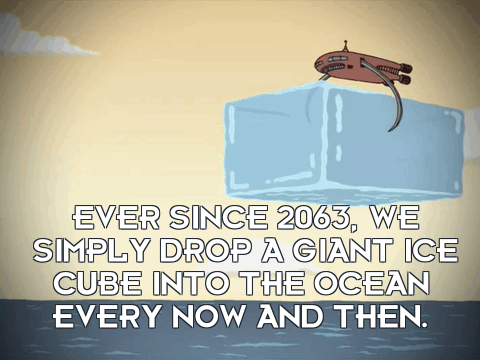In 1984, a team of Ohio State University researchers reported a surprising fossil find: More than a mile above sea level, in Antarctica’s freezing Transantarctic mountain range, fossilized deposits of tiny marine organisms called diatoms were found in rock layers dated to the Pliocene era, some 2 to 5 million years ago. But how did they get all the way up there? Diatoms, ubiquitous marine microorganisms whose tiny shells coat the ocean floor when they die, wouldn’t show up in high, inland mountain rocks unless something rather dramatic happened, long ago, to transport them.
But the decades have given way to new research tools and new perspectives. And Scherer has now paired up with two researchers behind what is arguably the hottest (and most troubling) new computer simulation of how Antarctica’s ice behaves, using their model to revisit the tale of those pesky diatoms. Their solution, published Tuesday in Nature Communications, isn’t good news — for it suggests that large parts of East Antarctica can indeed collapse, and moreover, can do so in conditions not too dissimilar from those we’re creating today with all of our greenhouse gas emissions.
If we steer the Earth back to those Pliocene-type conditions — when sea levels are believed to have been radically higher around the globe — oddly located diatoms will be the least of our problems.
The new study suggests otherwise. In the Pliocene — and especially the mid-Pliocene warm period, when atmospheric carbon dioxide was at about the level where it is now, 400 parts per million, but global temperatures were 1 or 2 degrees Celsius warmer than at present — the model not only collapses the entirety of West Antarctica (driving some 10 feet of global sea-level rise) but also shows the oceans eating substantially into key parts of East Antarctica. In particular, the multi-kilometer thick ice that currently fills the extremely deep Aurora and Wilkes basins of the eastern ice sheet retreats inland for hundreds of miles — which would have driven global seas to a much higher level than a West Antarctic collapse alone.
https://www.washingtonpost.com/news...ng-to-like-the-answer/?utm_term=.c58162635f6b
That is fucking terrifying.
Article has a video that sums it up nicely



